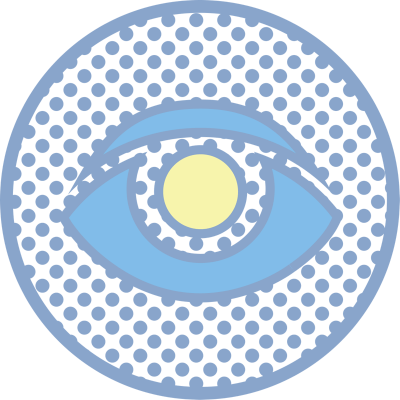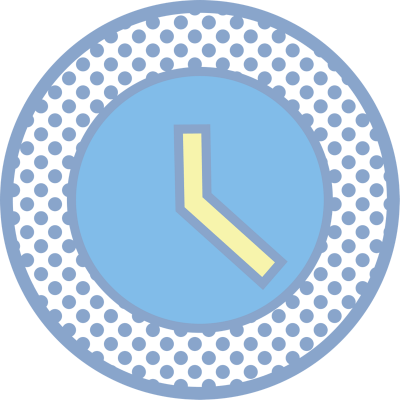What is Congenital Glaucoma?
Congenital Glaucoma otherwise known as childhood glaucoma, infantile glaucoma or pediatric glaucoma is found to occur in babies and small children ( < 3 years of age). It is a rare condition but could result in a permanent loss of vision.
Doctor Speaks: All about Congenital Glaucoma
Congenital Glaucoma Symptoms
The symptoms and signs of childhood glaucoma include:
-
Triad
-
Overflow of tears onto the face (Epiphora),
-
Involuntary twitching of the eye (Blepharospasm),
-
Sensitivity towards the light (Photosensitivity)
-
Enlargement of the eyes (Buphthalmos)
-
Hazy konea
-
Closing of the eyelid
-
Redness of the eye

Congenital Glaucoma Causes
-
Build-up of aqueous humor inside the eye
-
Genetic reasons
-
Birth defects in ocular angle
-
Underdeveloped cells, tissues
Congenital Glaucoma Risk Factors
From what is known the risk factors could be
-
Family’s medical history
-
Gender

Congenital Glaucoma Prevention
Even though congenital glaucoma cannot be fully prevented, complete vision loss could be prevented when diagnosed early. Some of the best ways to ensure we catch congenital glaucoma early are
-
To have eye checkups often
-
To be aware of your family’s medical history
Two types of glaucoma are
-
Primary Congenital Glaucoma:
which means that the condition is not a result of another condition at birth.
-
Secondary Congenital Glaucoma:
which means that the condition is a result of another condition at birth. For example, tumour, infections, etc.
Congenital Glaucoma Diagnosis
The doctor will conduct a thorough eye exam on the child. To make it easy for the doctor to visualize a small eye, the examination would be conducted in an operating room. The child would be under anaesthesia during the procedure.
The doctor will then measure the child’s intraocular pressure and carefully examine every part of the child’s eye.
The doctor would make a diagnosis only after considering all the symptoms, ruling out other ailments that caused the child’s problems.
Congenital Glaucoma Treatment
For congenital glaucoma treatment, once it is diagnosed, doctors almost always opt to treat it by surgery. Since it is risky for infants to be under anaesthesia, doctors like to perform the congenital glaucoma surgery immediately after the diagnosis is made. If both the eyes are found to have congenital glaucoma, the doctors prefer performing the surgery on both eyes at once.
In case the doctors are not able to perform immediately, they may prescribe oral medications and eye drops or a combination of both to help in maintaining, reducing the eye pressure.
Sometimes, microsurgery could become an option. To reduce the eye pressure, the doctor creates a new channel to ease the flow of the fluid. A valve or tube may be implanted to drain the fluid. Laser surgery could also be used if other methods do not work. Lasers would be used to lessen fluid production.
Even though congenital glaucoma is not completely reversible, it could be controlled and a complete vision loss could be prevented. You could treat it before it worsens. If your child shows any of these symptoms or is diagnosed with congenital glaucoma get in touch with us today to be treated by some of the safest hands! Weka miadi sasa for Matibabu ya Glaucoma na nyinginezo Matibabu ya Macho.
Frequently Asked Questions (FAQs) about Congenital Glaucoma
What is Congenital Glaucoma?
Congenital Glaucoma is a rare but serious eye condition present at birth or shortly after birth. It occurs due to abnormal development of the eye’s drainage system, leading to increased pressure within the eye.
What are the Symptoms of Congenital Glaucoma in Babies?
Symptoms of Congenital Glaucoma in Babies may include enlarged or cloudy corneas, sensitivity to light, excessive tearing, and frequent rubbing of the eyes. Additionally, infants may display signs of discomfort or irritability.
How is Congenital Glaucoma Diagnosed?
Congenital Glaucoma is typically diagnosed through a comprehensive eye examination by a pediatric ophthalmologist. This examination may involve measuring intraocular pressure, evaluating the appearance of the optic nerve, and assessing the structure of the eye.
What Causes Congenital Glaucoma?
The exact cause of Congenital Glaucoma is not always known. However, it can result from genetic factors, developmental abnormalities in the eye’s drainage system, or other underlying medical conditions.
What Treatment Options are Available for Congenital Glaucoma?
Treatment options for Congenital Glaucoma often invlolves surgical intervention to improve the drainage of fluid from the eye and reduce intraocular pressure. Surgery may include procedures such as trabeculotomy, goniotomy, or the use of drainage implants. In some cases, medication may also be prescribed to help manage intraocular pressure. Early diagnosis and prompt treatment are crucial for preserving vision and preventing complications associated with Congenital Glaucoma.
How long is the life expectancy with congenital glaucoma?
Life expectancy with congenital glaucoma is generally normal if the condition is diagnosed early and managed properly. While glaucoma itself does not reduce lifespan, untreated cases can lead to severe vision loss or blindness. With timely medical intervention, including medications, surgery, and regular monitoring, most individuals with congenital glaucoma can maintain a good quality of life without significant impact on their overall health.
Is congenital glaucoma a rare disease?
Yes, congenital glaucoma is considered a rare disease, affecting approximately 1 in 10,000 births worldwide. It occurs due to abnormal development of the eye’s drainage system, leading to increased intraocular pressure from birth or early childhood. While rare, early diagnosis and treatment are crucial to preserving vision and preventing long-term complications.

Usipuuze shida ya macho!
Sasa unaweza kufikia madaktari wetu wakuu kwa kuweka nafasi ya mashauriano ya video mtandaoni au miadi ya hospitali
Weka miadi sasa
